Vasota Fort, also called Vyaghragad, is a historic fort in the Western Ghats of Maharashtra. It stands about 1,200 metres high and is an excellent example of Maratha architecture, filled with history and natural scenery. Built in the 17th century by Maratha king Shivaji Maharaj, it was a lookout point against enemies. Surrounded by thick forests, hills, and the calm waters of the Koyna River, Vasota Fort is a popular spot for trekkers, nature lovers, and history fans.
Vasota Fort Location
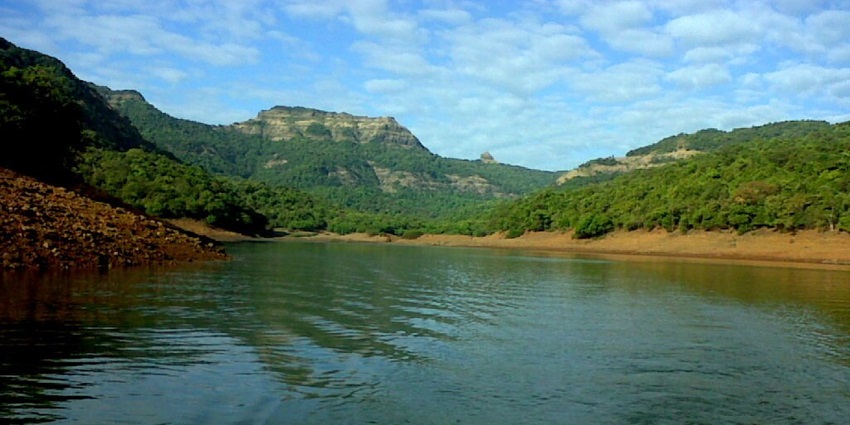
Photo: Ccmarathe / Wikimedia Commons
Vasota Fort is in the Satara district of Maharashtra, about 25 kilometres from Satara town and 170 kilometres from Pune. Surrounded by the beautiful Western Ghats, the fort provides breathtaking views of the hills, valleys, and Koyna Dam. This area has many plants and animals, making it an excellent place for nature lovers. The fort’s location made it a lookout point to watch over the surrounding areas.
Suggested Read: Places To Visit Near Mumbai In April For A Serene Retreat
How To Reach Vasota Fort
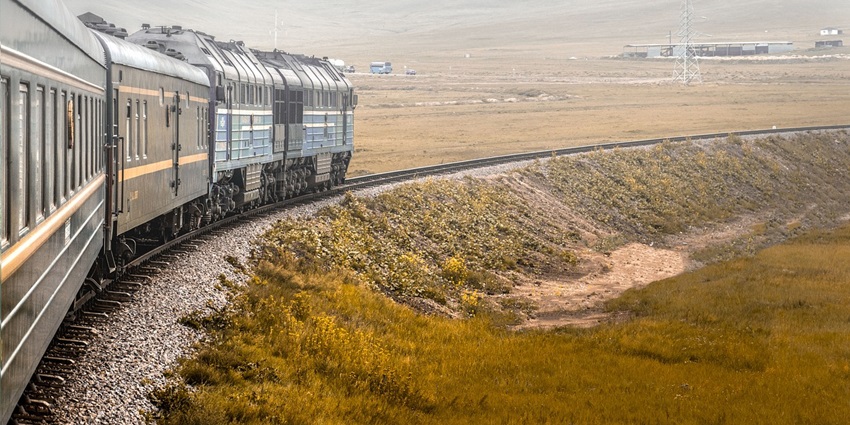
Photo: jeremy888 / Pixabay / Image For Representation Only
By Air: The nearest airport to Vasota Fort is Pune International Airport, approximately 170 kilometres away. Visitors can hire a taxi or take a bus from the airport to the fort. The journey from the airport to Vasota typically takes 4 to 5 hours, depending on traffic conditions.
By Train: Satara Railway Station is the closest railway station to Vasota Fort, about 25 kilometres from the fort. Several trains connect Satara with major cities like Mumbai and Pune. You can hire an auto-rickshaw or taxi from the station to the base village of Bamnoli, where the trek to the fort begins.
By Road: Travelling by road is one of the best options to reach Vasota Fort. The fort is well-connected by state highways. Take the Mumbai-Pune Expressway from Mumbai, then continue on NH 48 towards Satara. From Satara, follow the road to Bamnoli, where the trek to the fort commences.
Places To Visit In And Around Vasota Fort
Here are some of the best places near Maharashtra to explore in and around Vasota Fort:
1. Koyna Wildlife Sanctuary
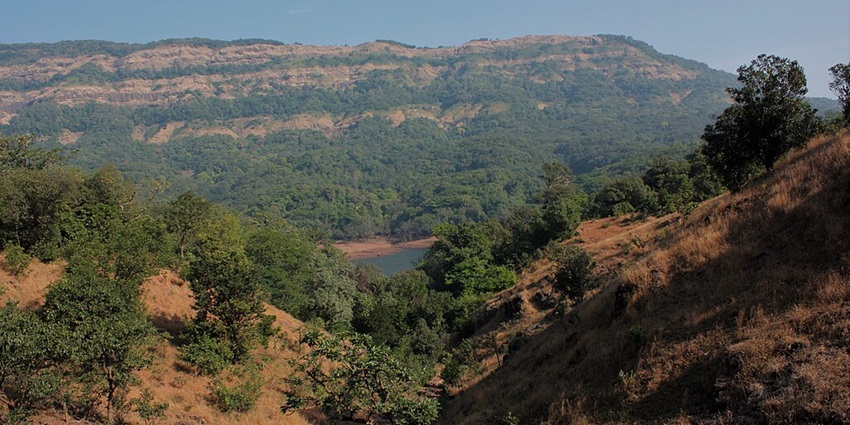
Photo: Bangal Priti / Wikimedia Commons
Koyna Wildlife Sanctuary is a UNESCO World Heritage Site known for its rich biodiversity and scenic landscapes. Spread across 423 square kilometres, the sanctuary is home to various species of wildlife, including leopards, gaur, and several bird species. Nature enthusiasts can enjoy guided treks through the sanctuary, offering opportunities for birdwatching and spotting wildlife in their natural habitat. The abundant green forests and picturesque landscapes make it an ideal spot for nature lovers and photographers.
Timings: 6 AM – 6 PM
Entry Fee: ₹50 for adults, ₹25 for children
Suggested Read: Nightlife In Mumbai For Singles
2. Koyna Dam
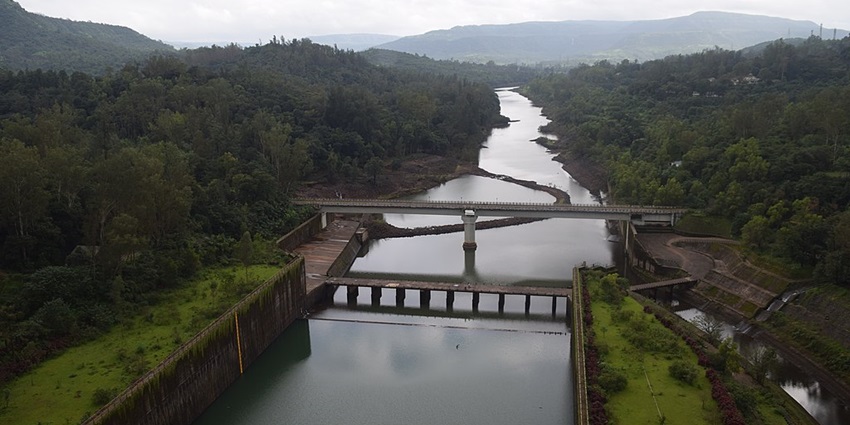
Photo: सुबोध कुलकर्णी / Wikimedia Commons
The Koyna Dam is one of the largest dams in Maharashtra, and it was built on the Koyna River. It is a crucial source of hydroelectric power and irrigation for the region. The dam is surrounded by dense greenery and offers pleasant views of the water reservoir. Visitors can enjoy a leisurely walk along the dam’s periphery, taking in the surroundings. The sight of the dam against the backdrop of the Western Ghats is breathtaking, making it a popular spot for photography and picnics. The Koyna Dam also provides boating and water sports opportunities during specific seasons.
Timings: 24*7
Entry Fee: Free
3. Bamnoli Village
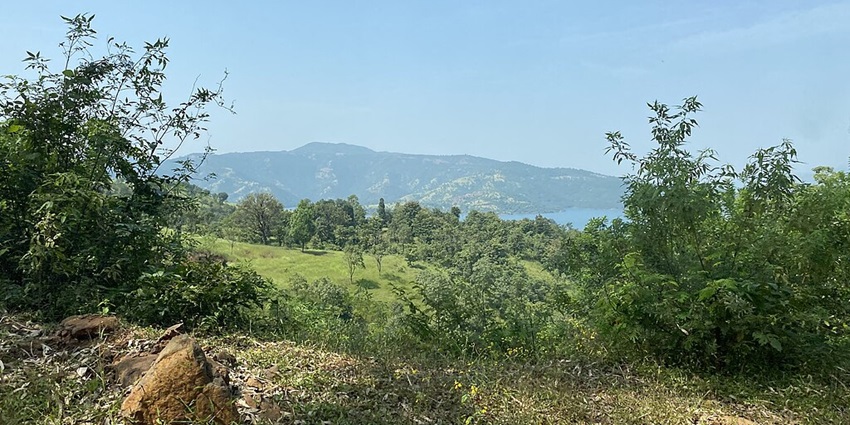
Photo: Vinayaraj / Wikimedia Commons
Bamnoli is a lovely town near Vasota Fort, known for its quiet atmosphere and incredible views. It is the starting point for treks to Vasota Fort and is known for its vibrant green surroundings and relaxing ambience. Visitors can enjoy local hospitality, savour traditional Maharashtrian cuisine, and experience rural life. Bamnoli is also a starting point for boat rides on the Koyna River, providing an excellent opportunity to explore the area’s scenic venues.
Timings: 12 AM – 12 AM
Entry Fee: Free
Suggested Read: Best Road Trips From Mumbai For An Unforgettable Experience
4. Shivaji’s Tomb
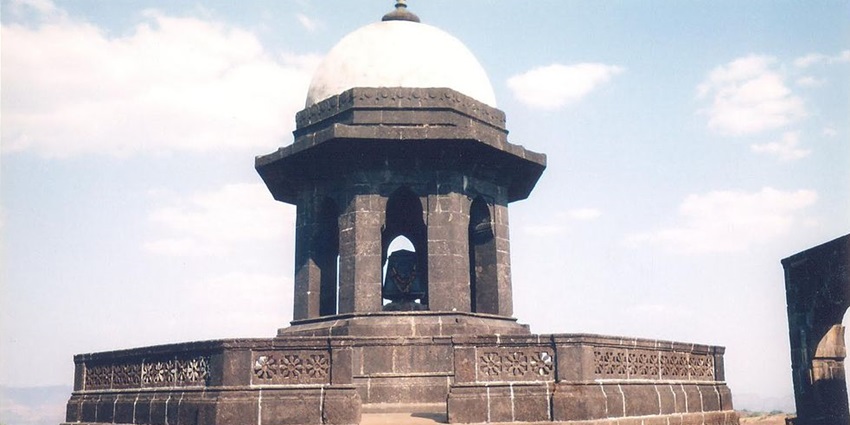
Photo: Adityagokhale1986 / Wikimedia Commons
Shivaji’s Tomb, located near Vasota Fort, is a significant historical site dedicated to the memory of Chhatrapati Shivaji Maharaj, the founder of the Maratha Empire. The Tomb is set amidst scenic surroundings and is a place of reverence for many. Visitors can pay their respects and learn about the rich history of the Maratha Empire. The site is well-maintained, providing a tranquil environment for reflection and understanding the legacy of Shivaji Maharaj.
Timings: 8 AM – 5 PM
Entry Fee: Free
5. Koyna River
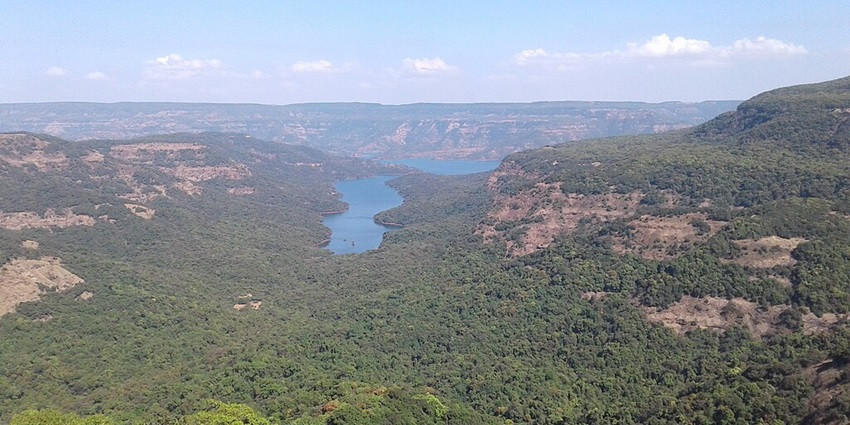
Photo: Suwarna tandale / Wikimedia Commons
The Koyna River, which flows through the Western Ghats, is recognized for its clean waters and charming splendour. It is the main water source for the Koyna Dam, which provides hydroelectric power and irrigation. The river’s attractive surroundings make it a popular spot for outdoor activities such as boating, fishing, and picnicking. The river’s quiet banks offer a great retreat from city life, drawing nature lovers and those wishing to unwind in an enchanting environment.
Timings: 12 AM – 12 AM
Entry Fee: Free
Suggested Read: Spectacular Shopping Malls In Andheri East For A Shopping Extravaganza
Where To Stay

Photo: peterweideman / Pixabay / Image For Representation Only
Several accommodation options are available near Vasota Fort, ranging from budget lodges to guesthouses. MTDC Bamnoli is a popular choice among travellers, offering comfortable rooms and stunning views of the surrounding landscape. This government-run resort provides essential amenities, making it a convenient base for exploring the fort and nearby attractions. Other options include Shivaji’s Lodge and local homestays, providing a chance to experience the region’s hospitality while enjoying the charming view of the Western Ghats.
Where To Eat
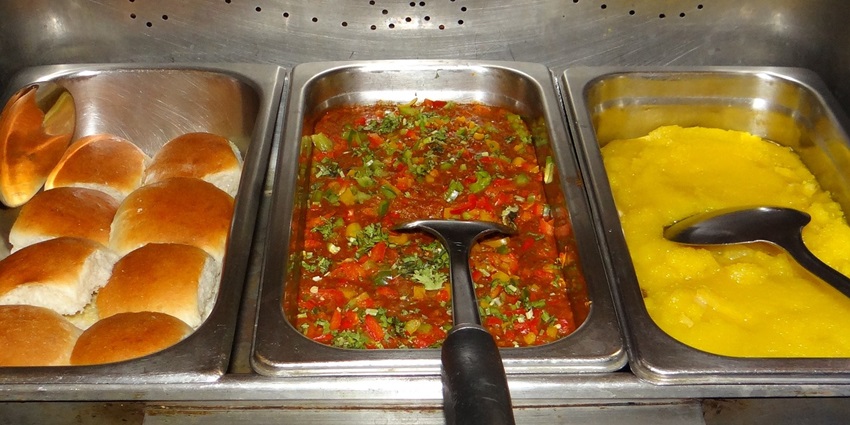
Photo: sarangib / Pixabay / Image For Representation Only
Dining options near Vasota Fort include local eateries and small restaurants serving delicious Maharashtrian cuisine. Shivaji’s Dhaba in Bamnoli is a popular choice, and it is known for its authentic thalis and regional delicacies. Visitors can savour freshly prepared dishes made with locally sourced ingredients, providing a taste of the region’s culinary heritage. Additionally, many guesthouses and homestays offer home-cooked meals, allowing travellers to experience traditional flavours in a cosy setting.
Suggested Read: Best Shiva Temples In Maharashtra
Best Time To Visit
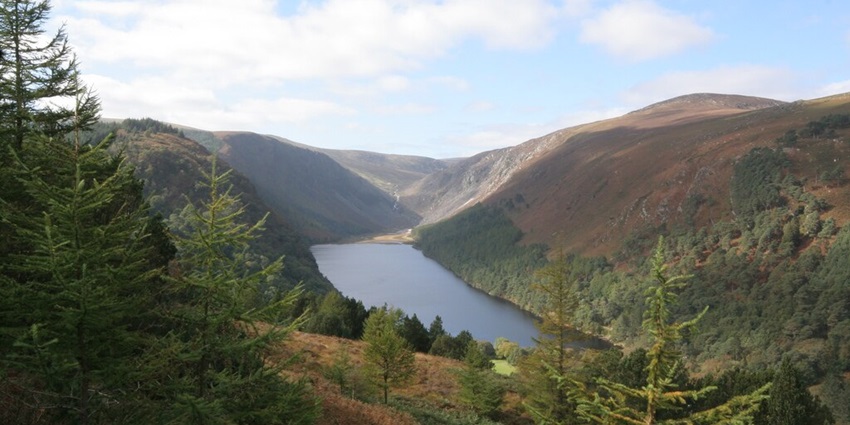
Photo: Alan James / Wikimedia Commons / Image For Representation Only
The best time to visit Vasota Fort is between October and February, during the winter months when the weather is pleasant and suitable for trekking and outdoor activities. Temperatures range from 15°C to 25°C, providing a comfortable environment for exploration. The post-monsoon season brings greenery and vibrant landscapes, which enhance the fort’s nature scene.
Other Factors To Consider

Photo: jarmoluk / Pixabay / Image For Representation Only
Average Cost Of Trip:
A trip to Vasota Fort can be quite budget-friendly, depending on your travel preferences. A day trip, including transportation, meals, and entry fees, may cost around ₹1,500 to ₹3,000 per person. If travelling from Pune or Mumbai, consider using local transport or shared taxis for cost-effective transportation. Accommodations in Bamnoli range from ₹800 to ₹2,000 per night, depending on your chosen lodging.
Tips For Travellers:
- While trekking, carry only essentials such as water, snacks, and a first-aid kit to ensure a comfortable journey.
- Good trekking shoes are essential for navigating the rugged terrain of Vasota Fort.
- Carry enough water, especially during the trek, to stay refreshed and energised.
- Dispose of waste properly and avoid littering to preserve the beauty of the surroundings.
- Always check the weather forecast before planning your trip, especially during the monsoon season.
Suggested Read: Explore The Best Food In Solapur
Vasota Fort in Maharashtra is a hidden gem with a distinctive blend of history, adventure, and natural beauty. Whether you’re an archaeological trekker or simply looking for an enjoyable getaway, Vasota Fort provides something for everyone. Its magnificent vistas, rich tradition, and quiet environment make it an excellent location for a memorable excursion. For a hassle-free travel experience to Vasota Fort and beyond, consider booking your trip with TripXL, your trusted travel partner.
Cover Photo: Suwarna tandale / Wikimedia Commons


 WhatsApp
WhatsApp
 Twitter
Twitter









